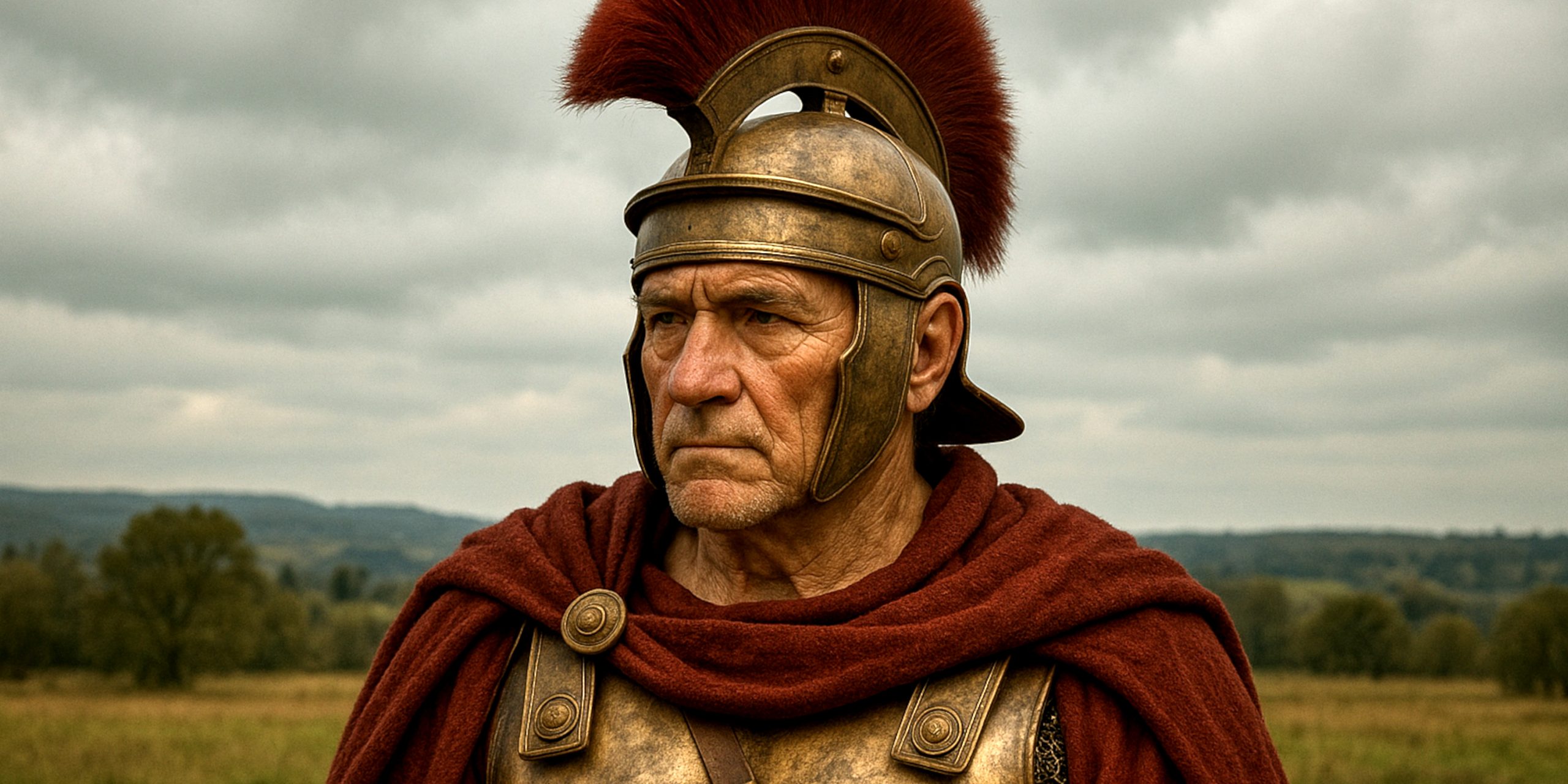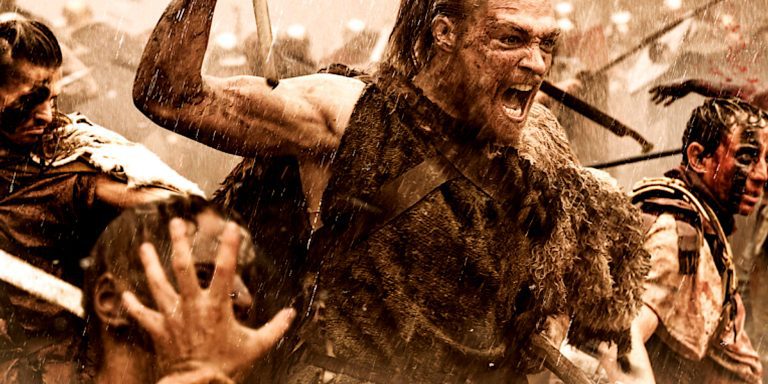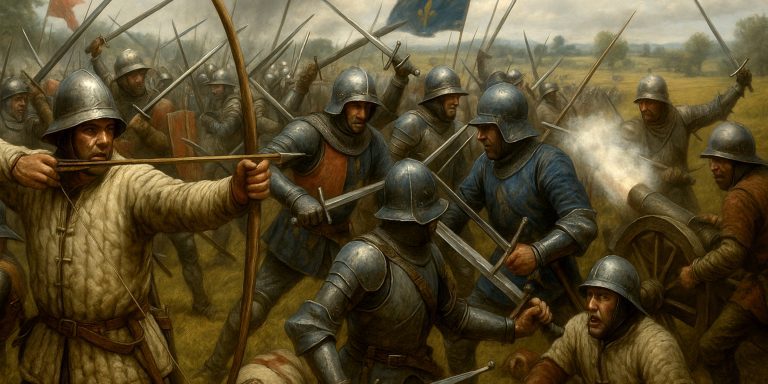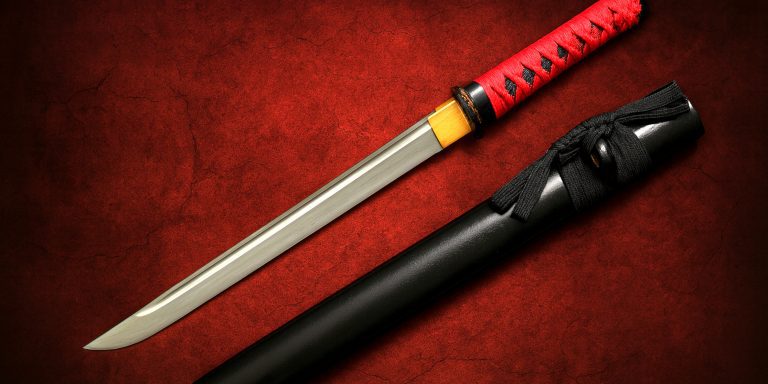
Writer’s note, this is one of those topics that makes a historian mutter into a cup of cold tea. Few Roman emperors had such a dramatic rise, then such a spectacular fall, and the sources leave as many gaps as they fill. Still, Valerian’s life offers plenty of texture once you brush away the later gossip.
Valerian ruled in what polite people call the Crisis of the Third Century. Less polite historians call it Rome’s multi-part meltdown. He took power in 253 after a career spent as a respected aristocrat and administrator. Everyone seems to agree he was steady, competent and far too sensible to want the throne, which of course meant he ended up with it.
His reign was shaped by three headaches, each worse than the last, Persia, internal instability and a string of plagues that made the empire feel cursed. Modern readers might wonder why anyone wanted the job at all. I often wonder the same.
Early Life And Rise
Publius Licinius Valerianus came from one of those old senatorial families that had survived generations of court intrigue by keeping their heads down. He rose through various posts, including the prestigious role of censor. This made him one of the few men who still had genuine respect across political factions.
When the empire began to shudder under external invasions and shaky leadership, Valerian was the obvious stabilising choice. His troops proclaimed him emperor while he was marching to Italy to support another claimant, which tells you everything about Roman job satisfaction.
Reign And Challenges
Valerian divided responsibilities with his son Gallienus. The idea was simple, rule together, cover more ground and prevent Rome from collapsing. The execution was less tidy.
Gallienus handled the western half of the empire while Valerian took personal charge in the east, where Shapur the First of Persia was causing havoc. Gothic raids, usurpers and disease forced Valerian to juggle crises that would have buried many emperors. To his credit, he kept the empire functioning, even if it felt like holding a leaking roof together with both hands.
Valerian And The Persians
Shapur I was ambitious, organised and very aware of Rome’s weakened state. Persian forces struck deep into Roman provinces, prompting Valerian to lead a campaign that he hoped would restore Roman authority in the region. It did not go well.
The Romans suffered from disease, stretched supply lines and unreliable allies. The tipping point came at Edessa in 260, where plague ravaged Valerian’s army. Negotiations with Shapur followed, and here the ancient writers disagree. Some describe a diplomatic meeting gone wrong, others a trick, but all accounts end the same way. Valerian fell into Persian hands.
Capture And Death
Valerian’s capture was unprecedented. No Roman emperor had ever been taken alive by an enemy. For a society that prided itself on its martial legend, this was a humiliation of cosmic proportions.
Later Roman writers, who never resisted the chance to embellish a tragedy, claim Shapur used Valerian as a human footstool when mounting his horse. Whether this happened is debatable. It smells strongly of Roman moralising, the sort of thing they loved to insert into the stories of emperors they were embarrassed about. Still, it endured because it spoke to the shock of the moment.
Valerian never returned to Rome. He likely died in captivity, perhaps treated relatively well at first, then forgotten once he became politically useless. His fate became a cautionary tale for later emperors, as if any of them needed another reason to mistrust diplomacy.
Arms And Armour
Although Valerian was an older man when he took the field, he still presented himself as a commander. Contemporary depictions and later reconstructions suggest he wore the standard military attire of high Roman leadership.
• A muscled cuirass of bronze or iron for ceremonial moments, with a more practical mail or scale cuirass used in active campaigning.
• A spatha as his primary sword, fashionable among officers at the time.
• A parma or oval shield when on campaign, though emperors rarely carried one in battle.
• Crested helmet, often of the ridge style seen in mid third century examples, more impressive than functional.
The equipment reflects an emperor who wanted to show martial credibility even if no one expected him to personally lead cavalry charges.
Administration And Internal Policy
Despite the dramatic end, Valerian’s reign was not simply chaos. He tried to stabilise currency, reinforce frontier defences and maintain the senatorial class as a pillar of administration. He also issued harsh measures against Christians, which made him one of the less beloved emperors in later religious histories.
These edicts were likely driven by a desire for unity and order at a time when the state felt brittle. Unfortunately for Valerian, the laws achieved little beyond earning him a dark reputation in later centuries.
Contemporary Voices
A few later historians relay grim but telling lines. The Cyriac Chronicle records that Valerian requested fair treatment for his prisoners shortly before his own capture, an irony writers were quick to point out. Lactantius, never one to miss a chance to moralise, added that Valerian’s fall was divine punishment for persecuting Christians.
Even allowing for exaggeration, the surviving commentary paints him as a dutiful, cautious man operating in a period far beyond anyone’s control.
Archaeology
Material evidence tied to Valerian is sparse, which is fitting for a ruler swallowed by geopolitical disaster. Still, a few finds help anchor his reign.
• Inscriptions bearing his name have been discovered across the eastern provinces, showing his attempts to reorganise defences.
• Coinage from his years reflects the empire’s inflation and instability, with a noticeable decline in silver purity.
• Persian rock reliefs at Naqsh-e Rustam show Shapur triumphant over Roman figures, long assumed to include Valerian. Whether or not these depict the emperor himself, they became emblematic of Rome’s lowest moment.
Archaeology reminds us that even in defeat, the interactions between Rome and Persia shaped the political landscape of the region for decades.
The Seven Swords Takeaway
Valerian is often remembered only for his capture, which feels unfair to a man who inherited a kingdom on fire. He acted with the steady instincts of a statesman rather than a conqueror, and for a brief period he slowed Rome’s decline.
His downfall became the defining anecdote of the third century’s chaos, but his son Gallienus continued the fight and stabilised much of the west. In that sense, Valerian’s reign marked a turning point. It exposed the empire’s fragility and forced later leaders to rethink how Rome should be governed.
As a historian, I find Valerian more self aware than most emperors. He knew the crisis he was wading into, tried to meet it with dignity, and fell victim to circumstances that would have crushed anyone. The Romans liked their emperors bold and aggressive, but Valerian reminds us that sometimes the empire needed a careful administrator instead.
If only the job had rewarded caution.



